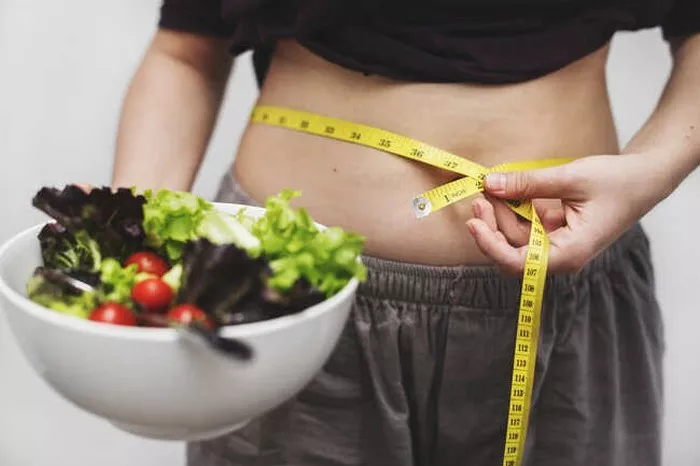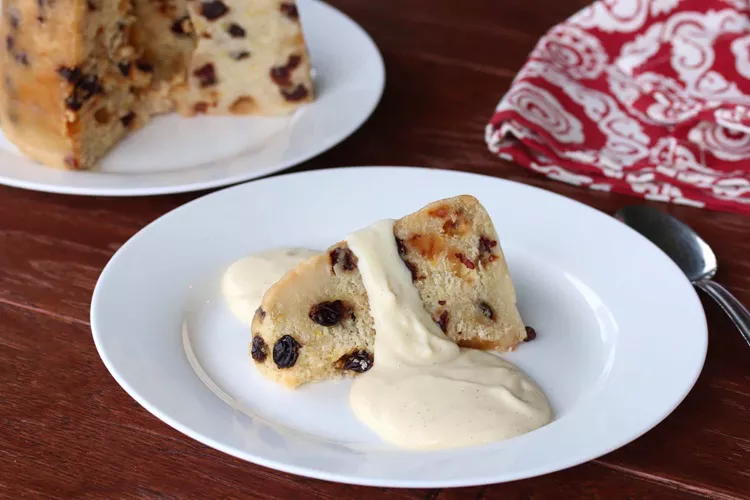Embarking on a journey towards fat loss involves more than just shedding pounds; it requires adopting a sustainable and healthy diet. A well-structured diet plays a pivotal role in achieving and maintaining fat loss while ensuring that your body receives the essential nutrients it needs. In this comprehensive article, we will explore the key components of a healthy fat-loss diet, providing insights into effective strategies that promote weight management and overall well-being.
Understanding the Basics of a Balanced Diet
At the core of any successful fat loss journey lies a well-balanced diet. The term “diet” is often misconstrued as a temporary, restrictive measure. However, in its true essence, a diet refers to the overall pattern of eating, encompassing the types and amounts of food consumed daily. To achieve healthy fat loss, it’s crucial to cultivate a sustainable and balanced approach to eating that meets your body’s nutritional needs.
Balancing Macronutrients in Your Diet
Macronutrients, commonly referred to as macros, are the fundamental components of any diet. These include carbohydrates, proteins, and fats. Striking the right balance among these macronutrients is essential for supporting fat loss while maintaining optimal energy levels.
Carbohydrates:
Carbohydrates are a primary source of energy for the body. Opt for complex carbohydrates such as whole grains, legumes, fruits, and vegetables. These choices provide sustained energy, promote satiety, and contribute to overall well-being. Be mindful of refined carbohydrates and sugars, as excessive intake can lead to energy spikes and crashes, hindering your fat loss goals.
Proteins:
Protein is crucial for preserving lean muscle mass, especially during a fat loss journey. Include lean sources of protein in your diet, such as poultry, fish, beans, lentils, and tofu. Adequate protein intake supports muscle repair, boosts metabolism, and helps control appetite. Strive for a balanced distribution of protein throughout the day to optimize its benefits.
Fats:
Healthy fats are an integral part of a well-rounded diet. Incorporate sources of monounsaturated and polyunsaturated fats, such as avocados, nuts, seeds, and olive oil. These fats provide essential fatty acids, support brain health, and contribute to a feeling of fullness. Limit saturated and trans fats found in processed and fried foods, as excessive consumption can undermine your fat loss efforts.
Caloric Deficit: The Foundation of Fat Loss
One of the fundamental principles of a fat loss diet is creating a caloric deficit. This means expending more calories than you consume. While the quality of food is crucial, the quantity also plays a significant role in achieving sustainable fat loss. To establish a caloric deficit, consider the following strategies:
Portion Control:
Be mindful of portion sizes to avoid overeating. Use smaller plates, pay attention to hunger and fullness cues, and savor each bite. Learning to recognize appropriate portion sizes contributes to effective calorie management.
Meal Timing:
Distribute your calorie intake evenly throughout the day to maintain energy levels and support metabolism. Consider consuming smaller, well-balanced meals and snacks at regular intervals to avoid extreme hunger, which can lead to overeating.
Nutrient-Dense Foods:
Prioritize nutrient-dense foods that provide essential vitamins and minerals without excessive calories. Vegetables, fruits, lean proteins, and whole grains are excellent choices that contribute to overall health while facilitating fat loss.
Emphasizing Whole Foods and Nutrient Density
A healthy fat loss diet places a strong emphasis on whole, nutrient-dense foods. Whole foods, in their natural state, are rich in vitamins, minerals, fiber, and antioxidants, offering numerous health benefits. By choosing nutrient-dense options, you not only support fat loss but also enhance your overall well-being.
Vegetables and Fruits:
Incorporate a colorful array of vegetables and fruits into your diet. These foods are low in calories and high in fiber, vitamins, and antioxidants. They not only contribute to weight management but also promote optimal health and support immune function.
Lean Proteins:
Choose lean sources of protein, such as poultry, fish, beans, and legumes. Protein-rich foods help maintain muscle mass, support metabolic function, and contribute to a feeling of fullness. Including a variety of protein sources ensures a well-rounded nutritional profile.
Whole Grains:
Opt for whole grains like brown rice, quinoa, and oats, which provide fiber and essential nutrients. Fiber aids in digestion, promotes satiety, and helps regulate blood sugar levels. Whole grains contribute to long-lasting energy and support your fat loss goals.
Healthy Fats:
Include sources of healthy fats in your diet, such as avocados, nuts, seeds, and olive oil. These fats provide essential fatty acids, contribute to heart health, and enhance the flavor and satisfaction of your meals.
Hydration: A Cornerstone of Fat Loss
Proper hydration is often overlooked but is a crucial aspect of any effective fat loss plan. Staying well-hydrated supports metabolic function, aids digestion, and can help control appetite. Make water your primary beverage, and consider these tips for maintaining adequate hydration:
Water Intake:
Aim to drink at least eight glasses (64 ounces) of water per day, adjusting based on individual needs, activity level, and climate. Staying hydrated supports overall health and assists in the fat loss process.
Herbal Teas:
Herbal teas, such as green tea or chamomile tea, can be excellent choices to add variety to your fluid intake. Green tea, in particular, contains compounds that may support metabolism and fat oxidation.
Limit Sugary Beverages:
Avoid sugary drinks, including sodas and sweetened beverages, as they contribute empty calories and can hinder your fat loss efforts. Opt for water, herbal teas, or infused water for a refreshing and calorie-free alternative.
Incorporating Physical Activity
A healthy fat loss diet is most effective when complemented by regular physical activity. Exercise not only contributes to calorie expenditure but also promotes overall well-being. Consider the following guidelines for incorporating physical activity into your routine:
Aerobic Exercise:
Engage in aerobic activities such as walking, running, cycling, or swimming to burn calories and improve cardiovascular health. Aim for at least 150 minutes of moderate-intensity aerobic exercise per week, or 75 minutes of vigorous-intensity exercise.
Strength Training:
Include strength training exercises to build and preserve lean muscle mass. Muscle tissue requires more energy at rest, contributing to an increased metabolic rate. Aim for two or more strength training sessions per week, targeting major muscle groups.
Consistency:
Consistency is key when it comes to physical activity. Find activities you enjoy and make them a regular part of your routine. This could include anything from brisk walking to group fitness classes or weightlifting.
Monitoring Progress and Adjusting the Plan
As you embark on your fat loss journey, it’s essential to monitor your progress and make adjustments as needed. Keep in mind that sustainable fat loss is a gradual process, and adopting a patient and realistic mindset is crucial. Consider the following strategies for tracking and adjusting your plan:
Regular Assessments:
Monitor your weight, body measurements, and overall well-being regularly. However, remember that the scale is not the sole indicator of progress. Assess how your clothes fit, how you feel, and any changes in energy levels and mood.
Nutritional Tweaks:
If progress stalls, reassess your dietary choices. Consider adjusting portion sizes, reassessing macronutrient distribution, or experimenting with meal timing. Small tweaks can make a significant difference without resorting to drastic measures.
Adapt Exercise Routine:
Periodically reassess your exercise routine to prevent plateaus. Increase the intensity, duration, or frequency of your workouts as your fitness level improves. Incorporate variety to keep things interesting and challenge your body.
Conclusion
Crafting a healthy fat-loss diet is a personalized journey that involves making informed choices about the foods you consume, prioritizing nutrient density, staying hydrated, and incorporating regular physical activity. The key lies in adopting sustainable habits that support your overall well-being while working towards your fat loss goals.


























